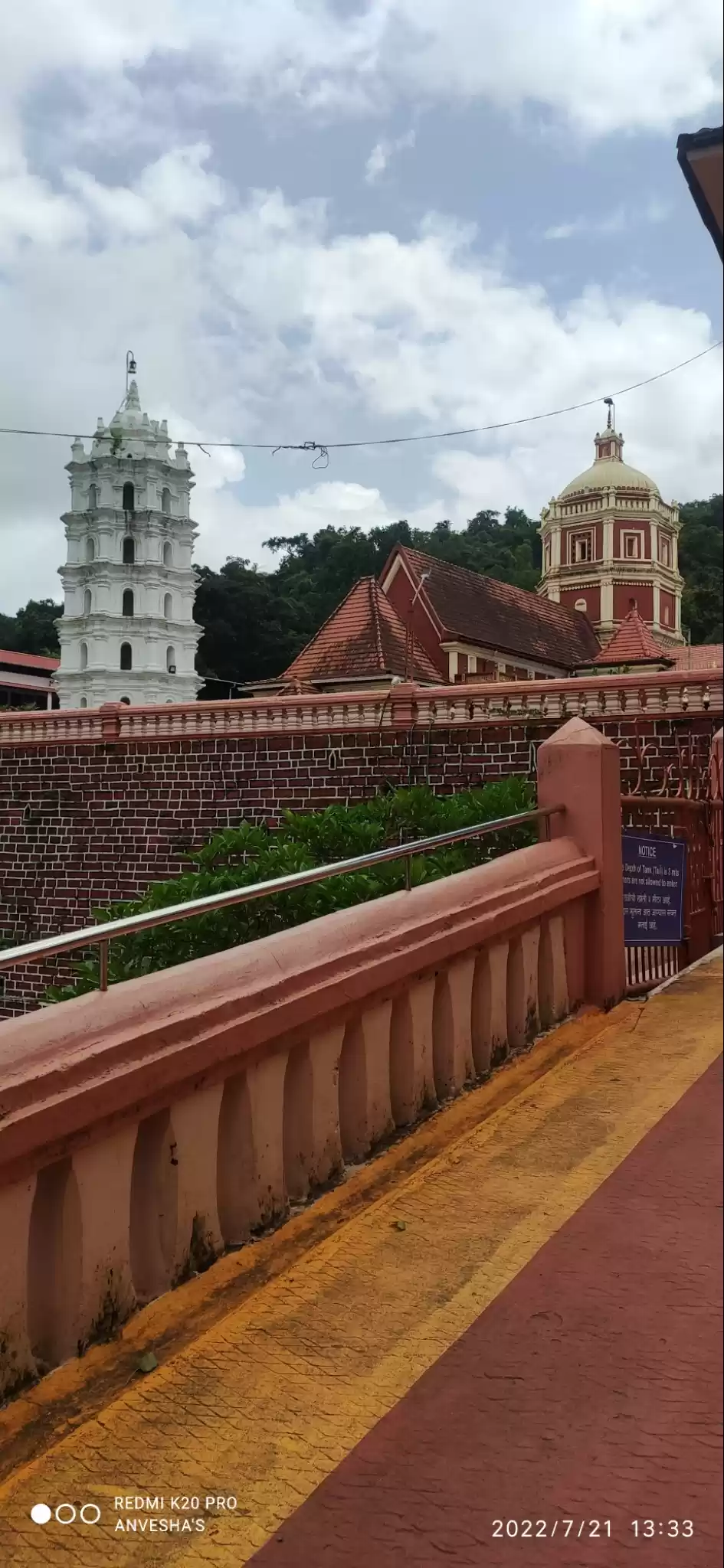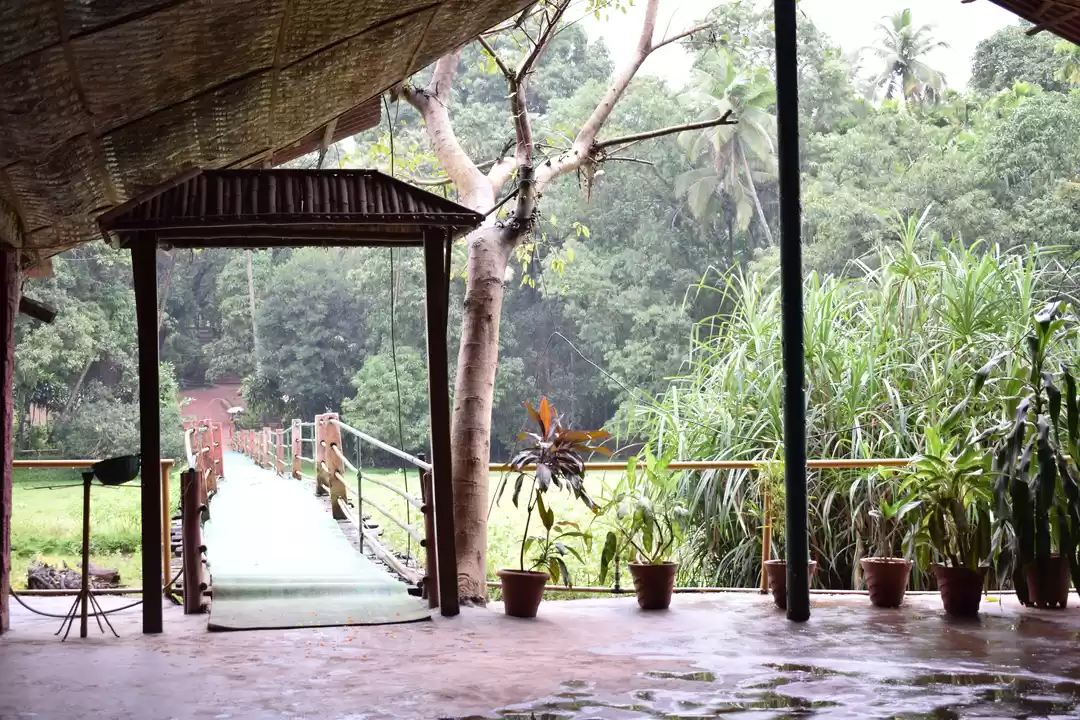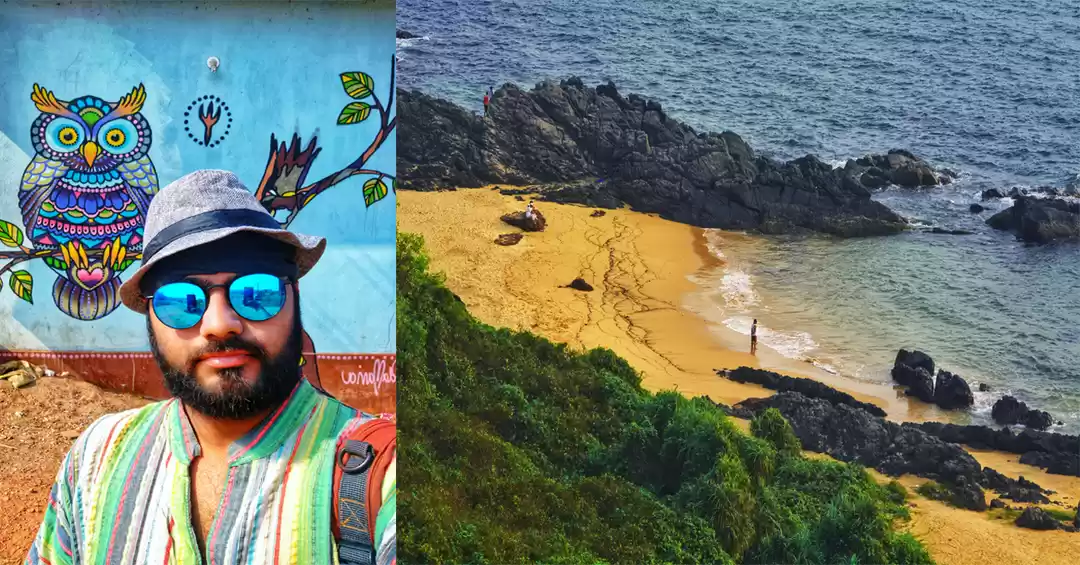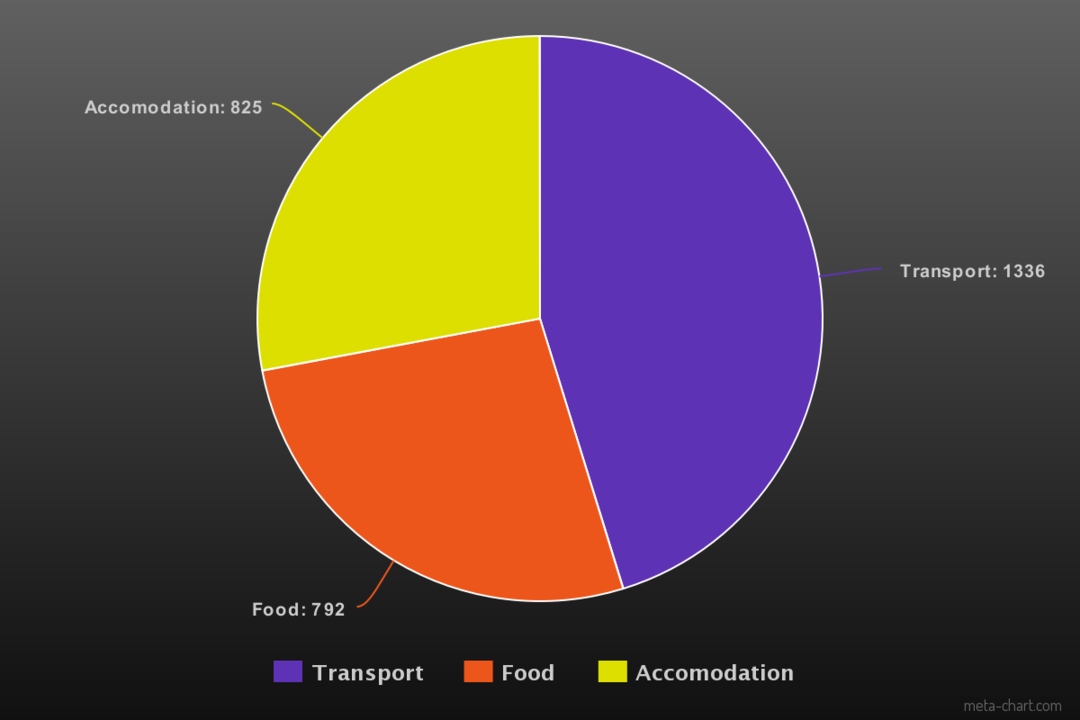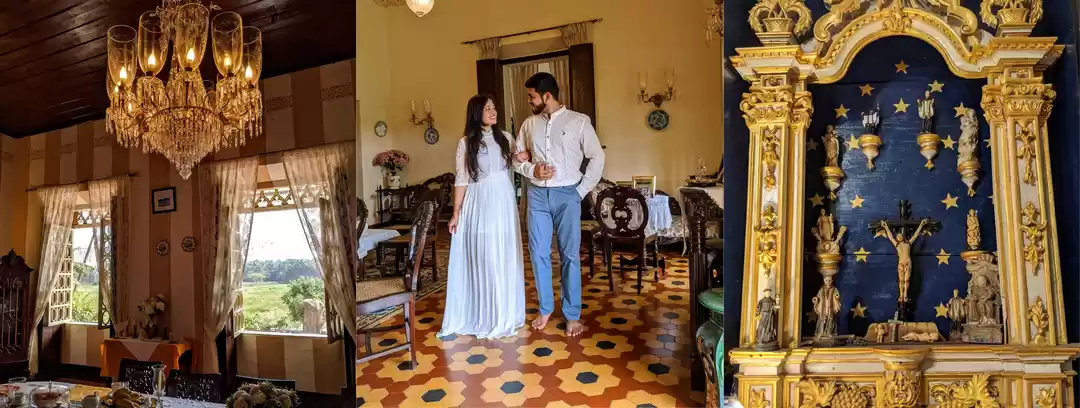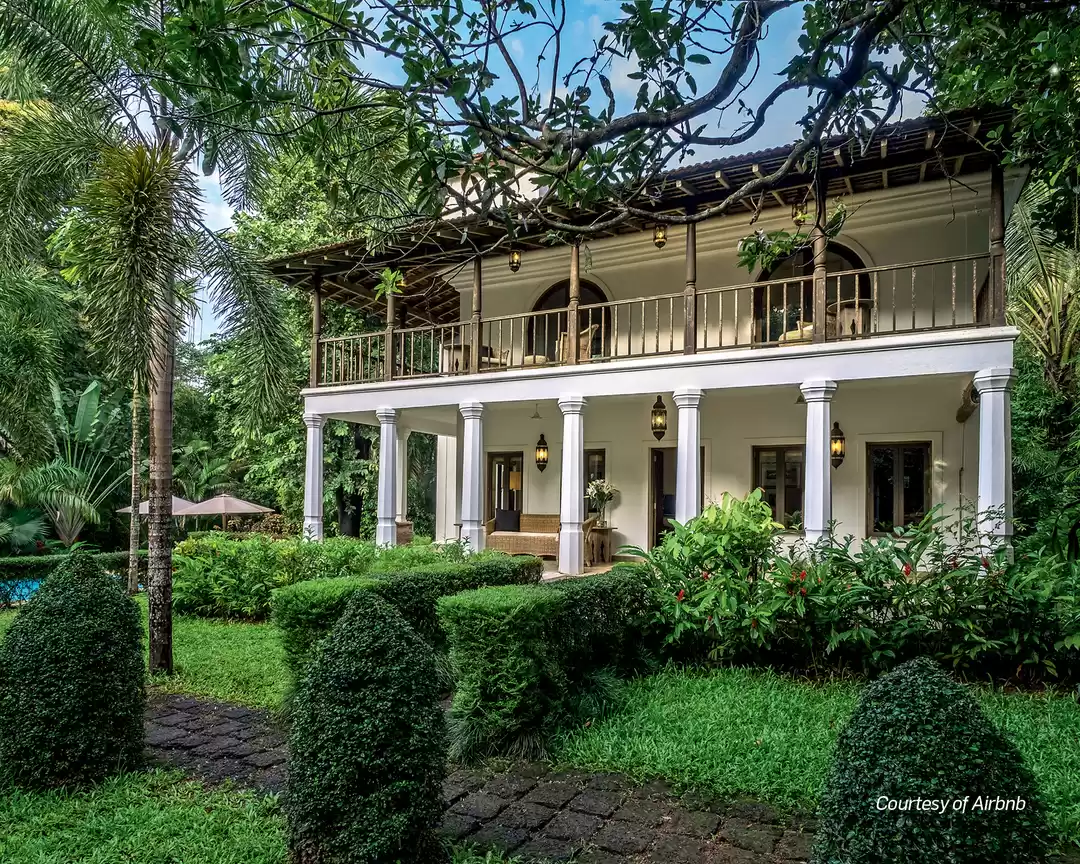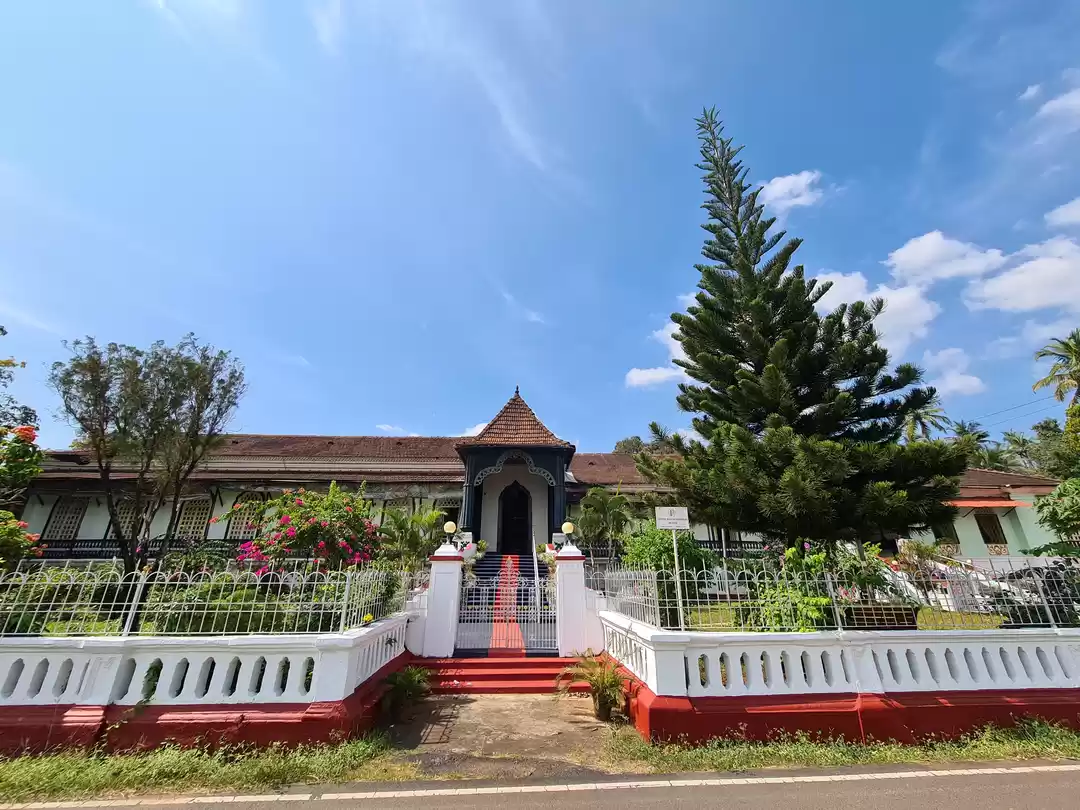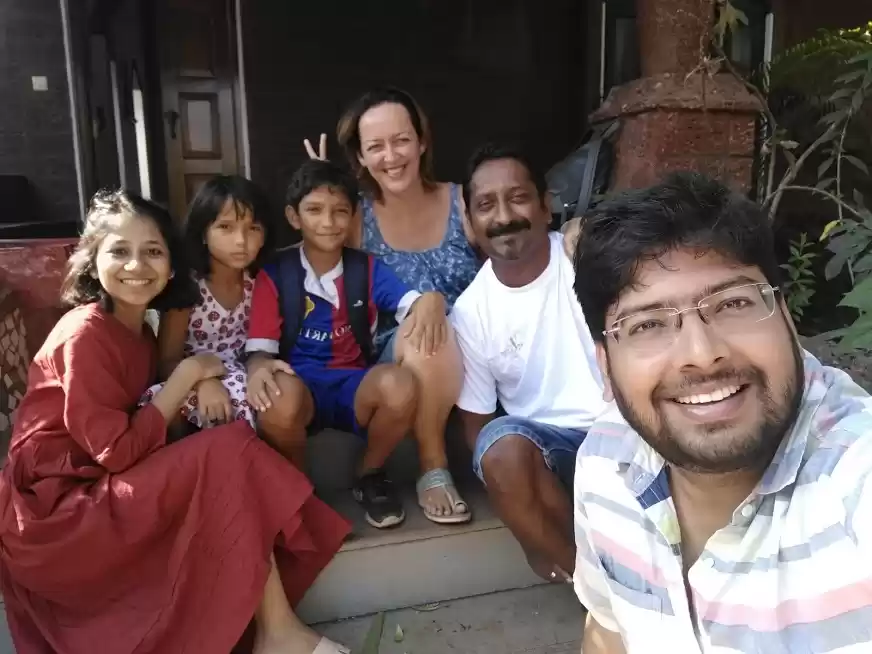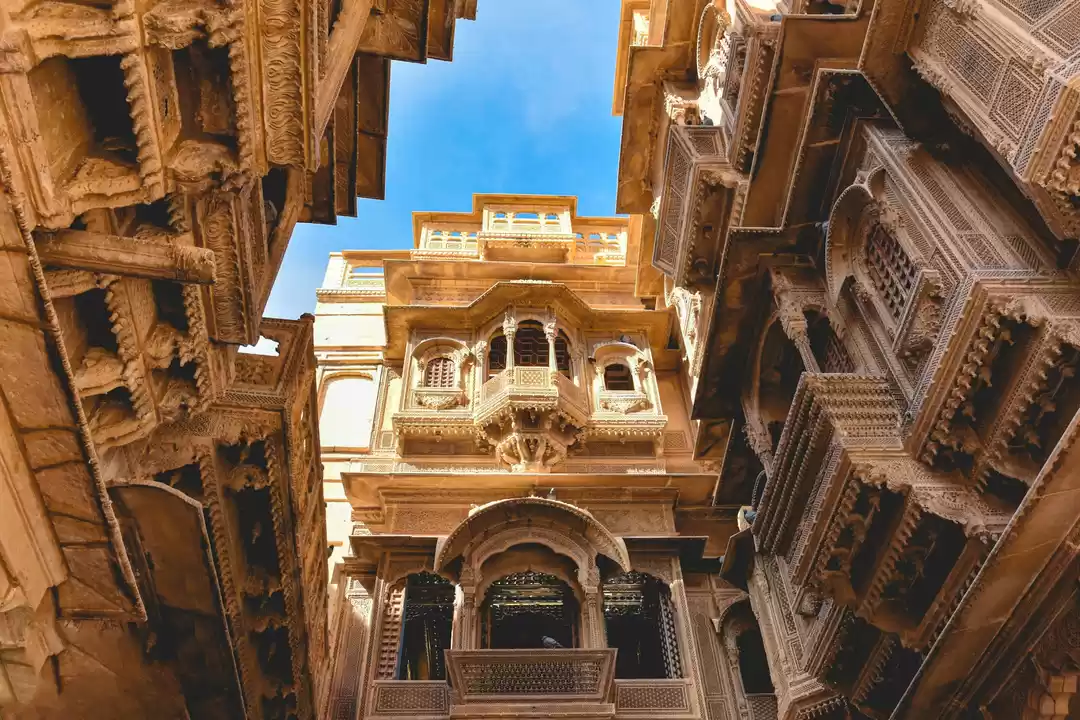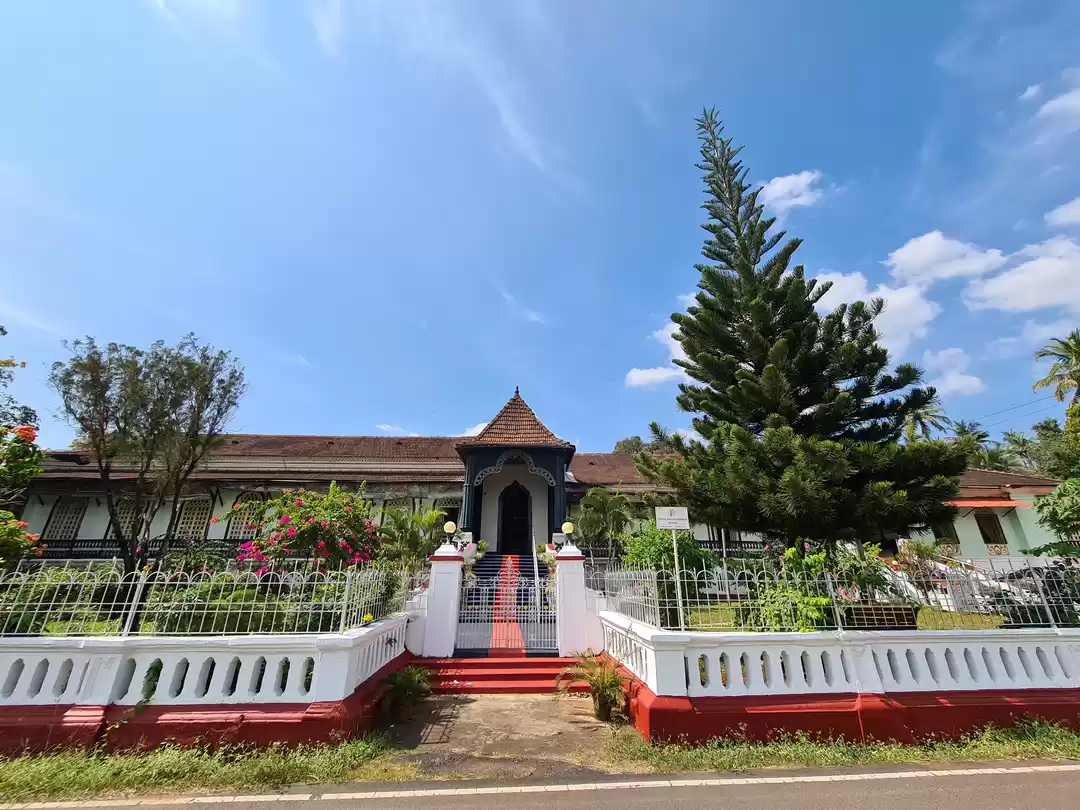
By the end of 16th century, Goa had become the prominent head of Estoda da India Portugesa with Luso- Indian grandees rising to the positions of aristocracy along with favoured native elites who had been granted vast estates by the rulers in return to their loyalty towards the administration.One such family among this class of prominent landowners is the Figueiredo family.
The 410 year old Figueiredo Mansion stands grand to this date with its original facade still glowing and reverberating stories of the glorious past. The mansion has two wings, the old house built in 1590, which predates the Taj Mahal and the "novem ghor" (new house) as they call it, was built 200 years later.

The current owner of the mansion is 87 year old Maria de Lourdes Filomena Figueiredo de Albuquerque. This is her story and the story of the mansion itself.Being a history buff, I had read about the presence of grand Portuguese mansions aplenty in South Goa and made a point I visit atleast one of them. I did not actually zero in on which one to visit though.
We were riding past the paddy fields, through the lanes of Loutolim and I asked Madhu to stop all of a sudden. We parked our bike behind a small chapel by the road and walked back. By one look at the house, one can easily make out that it was no ordinary house. It appeared to be regal and a perfect example of Luso-Goan style of a quinta.

Hesitantly, we entered the gates and the caretaker came out to greet us. He asked us to be seated in the visitor's area and left saying "Madam would come in few minutes" pointing towards a large photograph of a woman, who we assumed not to be any older than 75. We simply browsed through the antiques and family photos while we waited for our host.We were greeted by Maria de Lourdes Filomena Figueiredo de Albuquerque with a warm smile. We started the guided tour from the balcao (balcony) of the new house. She curtly asked us not to click photographs of the artefacts inside the house due to security reasons. Pointing towards the windows of the old wing, Maria mentioned the unique work of oyster shells used to cover the windows since glass was not available at the time it was built.

The windows of both portions of the house were made in baroque style. The new part of the house was built on the additional land that was bequeathed to Maria's great grandfather, Vicente João de Figueiredo, who was a lawyer.As we entered the visiting hall, she kept the conversation flowing with the details of antiques along with sweet anecdotes from the past. I was almost overwhelmed by the impeccable designs of the high ceilings, the tempera colors on the walls that were unadulterated till date, the breathtaking collection of the rosewood furniture with intricate work of ivory. All these have remained same for generations.

Maria mentioned the amount of pressure she was under to sell off the house and how she was approached by top-notches of the Indian government for the same but she remained indomitable. It was her family heritage and held memories for more than 4 centuries of her ancestors and her own childhood. She could just not give it away and she would make arrangements to protect and care for it even after her death. Maria said, the protection of her family heritage is the sole reason for her to return to Goa from Lisbon, where the rest of the family (grand children and great grandchildren) still resides. It has been 8 years that she permanently shifted to Goa.The family originally belonged to the powerful Saraswat Brahmins, The Podiars of Sancoale. One part of the Podiar family relocated to Loutolim escaping from the bubonic plague of 16th century. It was here that the family embraced both Christianity and the surname Figueiredo. Manuel Vicente de Figueiredo, Maria's great-great grandfather, was the founder of the old house.
The study area had a collection of numerous books that I could just not take my eyes off. They were centuries old, many being first editions and invaluable indeed. The family chapel had a remarkable altar. There was a 125 year old hand-painted cradle placed in the foyer. "My father had played in this cradle as a child. This was passed on from my father to all other children of the family including me" Maria chuckled.There was yet another distinctive artefact in the foyer area and after asking we were told that it was called "Machila" (a sedan chair) and was used by her grand- father to commute to the court (he was a judge in Ponda, a businessman and a member of The Portuguese Legislative Assembly) since there were no cars in those days. It looked like a modern palanquin.We crossed the foyer and entered the ball room followed by the piano room which has the old piano but unfortunately doesn't play anymore, further into the massive dining room that could accommodate the entire family of 60 members during family get-togethers.
The ball room had huge portraits of her ancestors, all of whom were lawyers including her elder sister, Georgina Natália Filomena de Figueiredo, who practiced law in then Bombay and almost became the 1st lady judge of India had not her father requested her to return to Goa to look after the estate. She later became the member of Legislative Assembly in Goa.We were shown 2 huge chest drawers designed in Indo-Portuguese art of 17th century, made out of rosewood with intricate work of ivory. One of the chests had wood carved lions at it's feet.
Maria waved towards the chests and informed that there were only 10 such pieces in the entire world and theirs' was the only one in the world with lion feet. The other collections included French styled armchairs, mother of pearls from Japan, numerous sets of chinaware and magnificent Belgian glass chandeliers hanging from the ceiling.We then entered the dining room which boasted of collection of oriental crockery sets all imported and custom made by Maria's grandfather. She showed us a customized tea set of 60 for the entire family, which was ordered by her grand- father on the condition that it would never be duplicated.
We then made our way to yet another small room that had 2 Japanese Kimonos that belonged to Maria's late mother. The kimonos were above 80 years old. There was a Banarasi silk saree inside a glass cabinet which had intricate weaving of thread of gold with elaborate borders. This was the saree that Maria had worn on the opening day of Portuguese Parliament as a member of parliament. She had taken up the job at the insistence of then Portuguese Prime Minister, Antonio de Oliviera Salazaar.She proudly narrates the story how Salazaar had personally requested her to wear a saree on the first day to parliament and how her boss at work had reacted the next day, after seeing her pictures that were all over the front pages of Portuguese newspapers.
Maria claims to be the last Goan to represent Goa, Daman & Diu in the Portuguese parliament.On one of the tables by the window of the same room, there lay an Imperial field camera: Circa 1904, that belonged to Maria's father.By now, we had wrapped up our guided tour and shared some light moments with our hostess while she shared many more stories about her grand children, great grand children and friends. When I told her that I would be writing about my experience in my blog, she happily posed for a selfie. She also narrated an incident dating back to couple of years when one of her friends, Vivek Menezes, who is a writer, photographer and journalist, had described her home made orange pudding to be "sinful" in one of his articles. She was swamped with phone calls by people wanting to come over to have the "sinful" home-made orange pudding after reading the article.
That's when Maria invited us to enjoy her "sinful" orange pudding on our next visit. All we need to do is inform her beforehand (48 hours early) about our visit. We promised we would certainly return soon.When asked how she managed to look so young and energetic even at 87, Maria instantly replied "By keeping myself busy working all day. I am a workaholic and sleep for just 6 hours in a day. I engage in all type of hobbies and activities apart from giving my guests personal guided tour of the entire house".
We kissed goodbyes and promised to return back to savor on her home made orange pudding.P.S - All the pictures mentioned in the post were clicked with Maria's express permission.P.P.S - The guided tour is charged at INR 200 per person which goes into the maintenance of the houseI would love to read your thoughts on this, please leave your comments below and share if you have liked it.
This blog was originality posted on 'Shoestring on the move'


